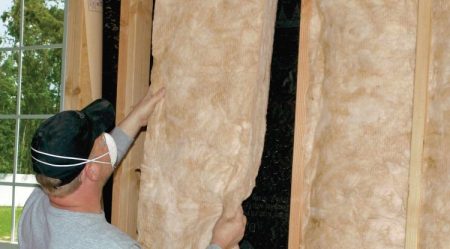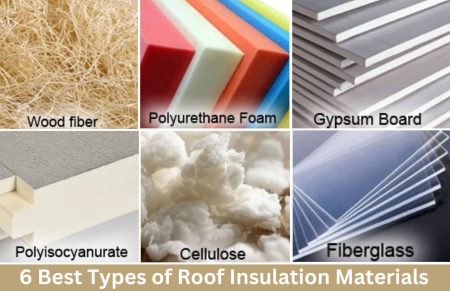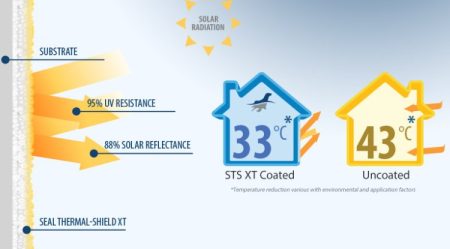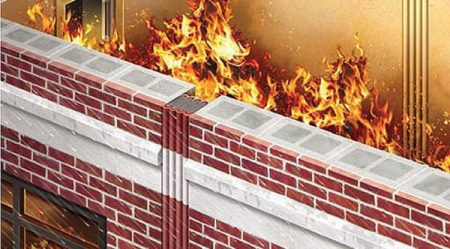Radiation Isolation: Minimizing Risks in Research Facilities
Radiation plays a significant role in various scientific research activities, ranging from nuclear medicine to particle physics. While these endeavors contribute to advancements in knowledge and technology, they also pose potential risks to human health and the environment. Ensuring radiation isolation in research facilities is crucial for minimizing these risks and safeguarding the well-being of workers and the surrounding community. In this article, we will explore the importance of radiation isolation in research facilities and discuss key measures and best practices to mitigate potential hazards effectively.
Contents
Understanding Radiation Isolation
1. Defining Radiation Isolation
- Preventing Uncontrolled Radiation Spread: Radiation isolation refers to the implementation of protocols and measures to contain and control radiation within designated areas, minimizing the risk of its spread to other parts of the facility.
- Protecting Workers and the Environment: By confining radiation to specific zones, radiation isolation aims to protect researchers, staff, and the environment from unnecessary exposure.
2. Types of Radiation Isolation
- Structural Barriers: Physical barriers, such as lead shielding, concrete walls, and containment structures, are used to prevent the penetration and escape of radiation from designated areas.
- Administrative Controls: Strict protocols, access restrictions, and comprehensive training programs ensure that only authorized personnel enter radiation-controlled zones, reducing the potential for uncontrolled exposure.
Best Practices for Radiation Isolation in Research Facilities
1. Risk Assessment and Planning
- Thorough Evaluation: Conduct a comprehensive assessment of radiation hazards in the facility, identifying potential sources, their intensity, and the potential pathways for exposure.
- Effective Planning: Develop a detailed radiation isolation plan that encompasses structural barriers, administrative controls, and emergency response protocols.
2. Engineering Controls and Structural Measures
- Proper Shielding: Utilize appropriate shielding materials, such as lead, to minimize radiation leakage from equipment, laboratories, and storage areas.
- Ventilation Systems: Implement specialized ventilation systems that ensure proper air circulation and filtration to maintain safe radiation levels.
3. Access Control and Training
- Authorized Personnel Only: Strictly control access to radiation areas, ensuring that only trained and authorized personnel enter these zones.
- Comprehensive Training: Provide thorough radiation safety training to all personnel working in or around radiation areas, emphasizing proper handling techniques, emergency procedures, and the use of personal protective equipment.
Frequently Asked Questions
Q1: Why is radiation isolation important in research facilities? A1: Radiation isolation minimizes the risk of uncontrolled radiation exposure, protecting workers, the environment, and the community from potential harm.
Q2: What are the different types of radiation isolation measures? A2: Radiation isolation includes the use of structural barriers, such as lead shielding, and administrative controls, such as access restrictions and comprehensive training programs.
Q3: What is the role of risk assessment in radiation isolation? A3: Risk assessment helps identify potential radiation hazards, evaluate their intensity, and develop effective strategies to mitigate risks.
Q4: How can engineering controls contribute to radiation isolation? A4: Engineering controls involve implementing proper shielding materials and ventilation systems to minimize radiation leakage and ensure safe working conditions.
Q5: Why is access control and training important in radiation isolation? A5: Access control ensures that only authorized personnel enter radiation areas, while comprehensive training equips individuals with the necessary knowledge and skills to work safely with radiation.





